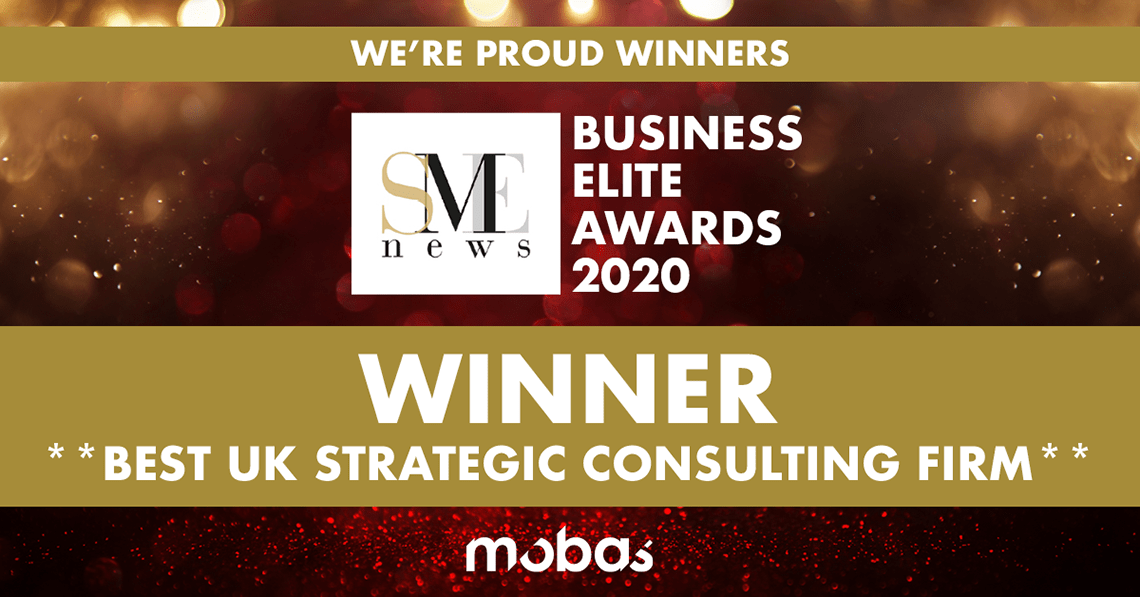If you haven’t already heard, OpenAI has this week released its most recent version of AI ‘supertool’ Chat GPT 4o (careful, it’s not a zero!).
This model continues to expand the boundaries of what AI can achieve in understanding and generating human-like text. It’s undoubtedly faster than before, and the technology has been optimised to provide rapid responses, with more clarity and tone.
With its improved efficiency and expanded capabilities, GPT-4o is the latest large language model (LLM) in the popular AI world, and can be a game-changer in how companies create and engage with their audiences, and streamline their content production processes.
And while we appreciate the time-saving and progressive elements of the latest update, it’s apt to hold fire on the praise and look at how people are using the tool more pragmatically.
Back in December 2022, OpenAI made headlines when it released the free preview of Chat GPT, which was the first LLM to break into wider society, taking a huge amount of data from the web, and answer questions or write responses.
This was fantastic and concerning at the same time. Could we see jobs lost with the incoming wave of LLMs? Where would we sit in a new world of brand and marketing that’s created by machine?
Even though the social media videos of the 4o version showcase impressive live-response activity and optimisation, we’re concerned with the proliferation of AI tools being used in our creative industries.
Concerns and overuse
Nothing beats the human mind. Sarcasm, wordplay, humour, clever playing on the feelings and emotions of an audience in a way that computers never* could.
Do we use Chat GPT? Yes, we do. But not in a complete, end-to-end way. We use it to complement and enhance our thinking – bringing in new thoughts and new avenues to explore.
How do we use Chat GPT?
We use it in-house for ideas generation – making sure we use the tools at our disposal to search further and wider for alternatives. Even if the end outcome is that our original idea is the best.
We test. We trial. We check. We optimise.
In the future, we’d like to see it used in the same way that we use photo editing and predictive text – it’s the core idea and hard work that is optimised and augmented, not fully fleshed out.
We must protect the IP of creative minds, be that in strategy, design, marketing or research. Not rely on it for full idea, campaign or strategy creation. That’s lazy, inauthentic and – frankly – detrimental to our industry.
Optimising team efficiency and resource allows companies to focus on strategic and creative endeavours that require human expertise and nuance, while GPT and LLMs handle the bulk of repetitive work.
*yet…
